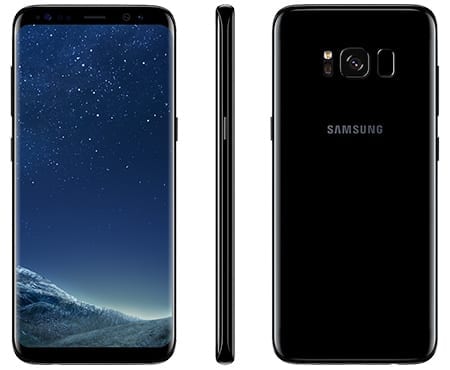When it comes to mobile devices, we can’t get enough of the many features they possess. However, every year people who have a smartphone are eager to find out how their phones will be made even smarter. With technology advancing at a rapid pace in the world of electronics, there’s no doubt today’s cell phones will be old news in just a few years. If you’re eager to learn how your smartphone may change in the years ahead, here are four exciting developments you can expect to find.
Ultrasonic Fingerprint Scanners
While many smartphones have fingerprint scanning technology, it has numerous flaws. Since it can only read the ridges of fingertips, it lacks enough data points to be hack-proof, and also has trouble reading fingerprints when a person’s hand is wet. However, future smartphones will possess ultrasonic fingerprint scanning technology, which will map your finger and have much higher resolution, making the process more secure. And along with this, the scanning will be able to take place through any surface, so the glass covering the phone will be able to easily scan your finger.
Artificial Intelligence Cameras
While before your phone’s camera could simply take the picture of whatever it was being pointed at by you, future smartphone cameras will actually have artificial intelligence built into the cameras. In early testing, many phones were able to tell the difference between a human and a cat, or a flower and a building. By having AI technology, cameras will be able to instantly create themed photos, which will create endless possibilities.
Improved Surround Sound
For many people, there’s nothing better than listening to some great music or watching a favorite show on their cell phone, no matter where they happen to be in the world. However, today’s phones have sound qualities that have a bit to be desired, to say the least. But if the early results from numerous prototypes are any indication, this will change in a hurry.
In many of the tested phones, users could not tell any difference from the sound on the phones and the sound of high-tech speakers. As a result, phone manufacturers expect sales to go through the roof once this technology hits the consumer market. With online music and streaming television shows all the rage at the moment, adding sound quality that reminds people of a movie theater or high-priced stereo system will make phones even more popular and essential for people everywhere.
Off-Grid Capabilities
Like most technology, when everything is working fine, most people don’t think about the times when the power may go out. Whether it’s a natural disaster or problems with a provider’s network, power outages can be not only inconvenient, but also dangerous. To eliminate this problem, many phone manufacturers are now beginning to test off-grid capabilities of phones, also known as peer-to-peer systems.
In these scenarios, phones will possess technology that will allow individual users to create small networks among themselves, allowing for communication off the main infrastructure of the mobile network. While not looked at an innovation that will make phones more fun to use, it is an innovation that can potentially save lives.
Needless to say, as technological innovations make their way more and more into mobile devices, the possibilities seem almost endless. And when it comes to cell phones, this technology is proving every day why the phones are called smartphones. Whether you find yourself using off-grid technology to communicate in the event of an emergency, or have your phone’s camera recognize certain objects in a photo, tomorrow’s cell phones will certainly be innovative and exciting.
Joe Humphries is a contributing writer and media specialist for PrepaidBill.com. He regularly writes articles on technology.






